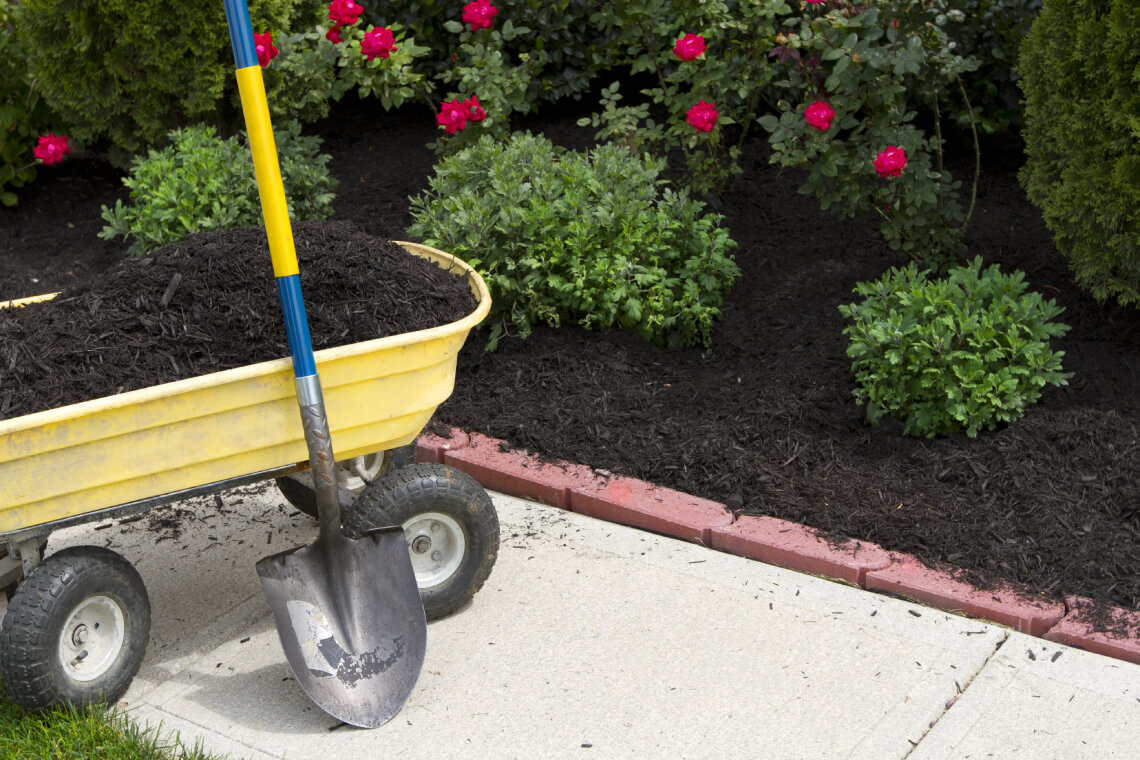Mulching Tips and Tricks
Mulching Tips and Tricks
One great thing you can do to your garden is mulching. Adding in a layer of mulch can help your garden become healthier. It can also add in some color and texture, aside from keeping your plants stronger. Some other benefits include:
- Retains moisture and prevents the growth of weeds
- Avoids the contraction of soil and adds in nutrients instead
- Less time for watering, and prevents pests
Basically, mulch helps take care of the plants in your garden, and they will surely be a great addition in it. But what are some of the things you should do to make sure that you are able to do this method correctly? The weather can have an effect on mulch in your garden, so it’s important for you to make sure that the mulch in your garden stays fresh despite of whatever weather you may be having. Maintaining mulch is also important so that your garden will be able to go through all the seasons, and be kept healthy and blooming. How do you do this? Below are some mulching tips and tricks you can try for your garden:
Organic or Inorganic
Before adding in mulch to your garden, you should first determine which type you need. Both types of mulch prevent the growth of weeds, but inorganic mulch helps keep the soil heated during the night, so it is best to grow vegetables in them. Organic mulches, on the other hand, improve the quality of the soil as time passes.
Organic mulches are composed of former living materials like leaves, grass, compost sawdust, and many others. Inorganic ones are made of plastic, landscape fabrics, and others.
Don’t Put Mulch Against Tree Bases
When mulching, make sure that you don’t put it directly on the crowns of plants or the base of trees. This may result to overly wet soils, which can result to various problems such as rotting. Piling up mulch is also a big no-no, because it can attract insects and rodents. Just apply the right layer or amount of mulch.
Apply The Right Amount
As mentioned, don’t apply too much mulch on your soil, because it will just cause a mound of problems. Too much mulch might end up rotting your plant, and it can also block out water from entering the roots. Thick mulch will deprive your plants of the moisture that they need, which can also cause stem problems in the future. Ideally, mulch should not be more than three inches thick.
Mix It
Another tip is to mix or turn your mulch a few times per season. This is to make sure that it hasn’t hardened on top of the soil yet. To turn your mulch, you can rake it to beak clumps. You can also add in a new layer if needed.
Know When to Replace and Add in More Mulch
Another tip to take note of is that you should also add in mulch and replace it ideally twice in a year, during the spring and fall. Check the mulch from time to time, and if it already breaks apart, then it is time to replace it. However, make sure that when you replace it, you still retain the ideal thickness of not more than three inches but more than 2 inches.

